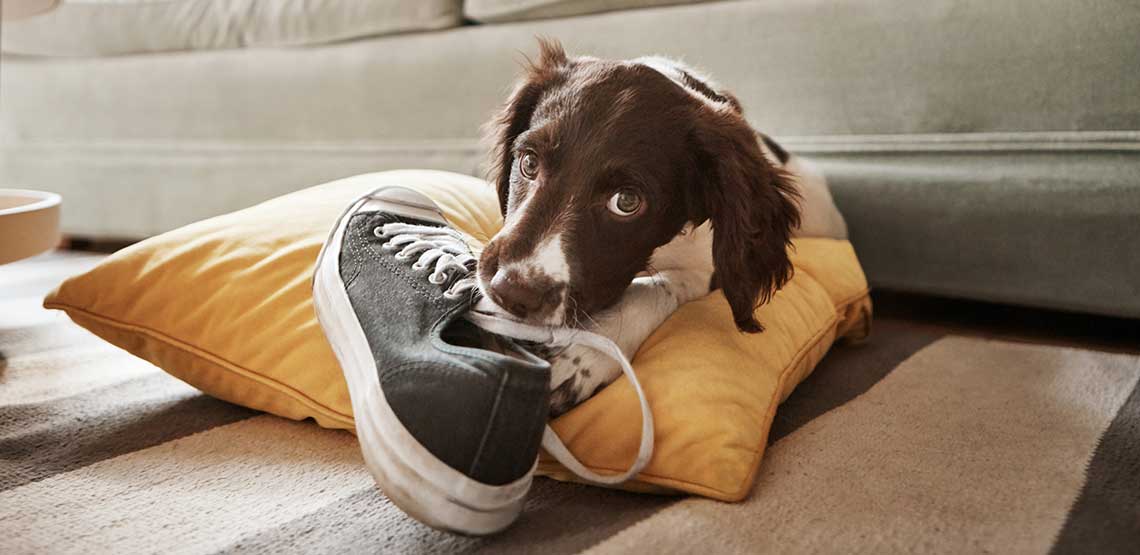Understanding Dog Behavior
When addressing concerns over dog behavior, it's important to understand that there are two different types of behavior that can be addressed through training. Dog behavior training works to modify dog behavior problems, while command-response training teaches a dog to do tricks and respond to your orders. A dog can be obedient — coming when you call it or heeling upon your order — and still tear up your tennis shoes. It's important to identify bad dog behavior and find ways to rectify it early.
Normal Dog Behavior and Common Problems
One of the hallmarks of normal dog behavior is barking and howling at strange people and objects. This is a normal occurrence and cannot be properly adjusted, despite people's attempts to quiet a barking dog. Dogs also naturally mount objects and people and mark their territory with urine. Unfortunately, digging is also a natural dog behavior.
Signs of abnormal dog behavior include house training problems, car chasing and biting out of fear. A dog's reaction to other dogs is also important to watch. Dogs should be able to identify dominance and submissiveness fairly quickly in a situation (and remember, dogs don't judge each other by size). Usually, a dog will be dominant in its home territory and more likely to be submissive elsewhere. Strange dog behavior with cats can also be indicative of a problem. Dogs generally should be comfortable with cats that are familiar, such as those in the house. However, like most animals, a dog will chase a strange cat off its property given the chance.
You May Also Like:
Related Search Topics (Ads):
Correcting Dog Behavior Problems
To correct unwanted behaviors, it's important to make sure that the dog understands the difference in your behavior. If it barks at people you have invited into the house, you should introduce the dog to the person, keeping your voice soothing to make it clear there is no need for protection. This will train the dog to understand the difference between an invited guest and an intruder. It may also prevent an unwanted dog bite.
A chewing dog can be one of the biggest challenges an owner faces. Dogs that chew on items you don't want them to should be dealt with by reward and punishment. Simply informing the animal that it was exhibiting bad dog behavior (for example, with a forceful "No!" or "Bad!") can influence it into behaving better. In addition, you should make sure the dog understands that its own toys are designed to be chewed by issuing a reward when it is playing with them.
House training a dog can also be accomplished through the reward system. An invisible fence uses punishment (a noise or mild shock) to train the dog to stay within its boundaries.
If you're in doubt or want more specific one-on-one training, there are a variety of people who specialize in individual dog training. Generally, these people are referred to as dog whisperers. They should be able to help with whatever bad dog behavior needs to be modified.

